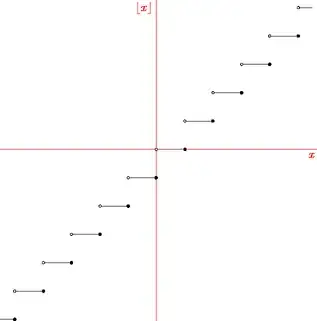I'm reading Calculus: Basic Concepts for High School Students and am trying to digest the definition of 'limit of function'. There are two details that I am struggling to fully accept:
If you are supposed to pick an interval $(a - \delta, a + \delta)$ but $a$ can be an undefined point at the end of the domain, what happens to the other half of the interval? Is it just ignored/irrelevant?
The function used as an example is $f(x) = \sqrt{x}$ and from what I can tell the limit of the point $a$ always matches the value of $f(a)$. I cannot see how this would be different for other functions given the way that the limit is calculated - if someone could share an example of a function that has a different limit at $x = a$ than the value $f(a)$ I would be grateful.
